A team of researchers at Yale is expanding our understanding of how bacteria continue to evolve and adapt at the molecular level.
By making a single change to a complex strand of RNA – the molecules essential for coding, decoding, regulation, and expression of genes – the scholars changed the way the strand folded up, completely switching the environmental signal it recognized.
“We know that bacteria use tiny “riboswitches” to bind important small molecules and respond quickly to their environment. They do this in a very specific way, recognizing one molecule over another,” said Andrew Knappenberger, a postdoctoral associate working with senior author Scott Strobel at Yale’s Chemical Biology Institute. “It’s as if you had one favorite food and didn’t want to eat anything else.”
Writing in the journal eLife, the researchers used X-ray crystallography to describe the three-dimensional structure of a riboswitch that recognizes the molecule phosphoribosyl pyrophosphate, or “PRPP.” PRPP is an essential building block for all organisms and is negatively charged in multiple places.
By mutating a single nucleotide in a region of the RNA called the “S-turn,” the authors produced a variant that binds to a different molecule (guanosine tetraphosphate or “ppGpp”), which acts as a distress signal to help bacteria respond to a variety of adverse conditions.
In the variant produced by the scientists, the characteristic “S” shape of the mutated region is gone and ppGpp replaces the single mutated nucleotide, showing that RNA is capable of quickly evolving to take on a new role with a single change.
“Molecules evolve just like organisms – they descend from common ancestors. The more we learn about these RNAs that control basic, essential processes, the more we can understand how bacteria live their lives and respond to their environment,” said Caroline Reiss, a postdoctoral associate in the Strobel Lab. “This affects our lives too.”
Reference: “Structures of two aptamers with differing ligand specificity reveal ruggedness in the functional landscape of RNA” by Andrew John Knappenberger, Caroline Wetherington Reiss and Scott A Strobel, 7 June 2018, eLife.
DOI: 10.7554/eLife.36381


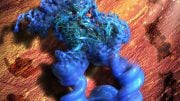

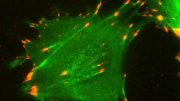
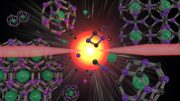
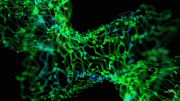

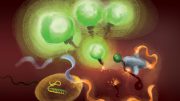
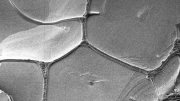
Be the first to comment on "Biologists Flip Molecular Switches on Building Blocks of Life"